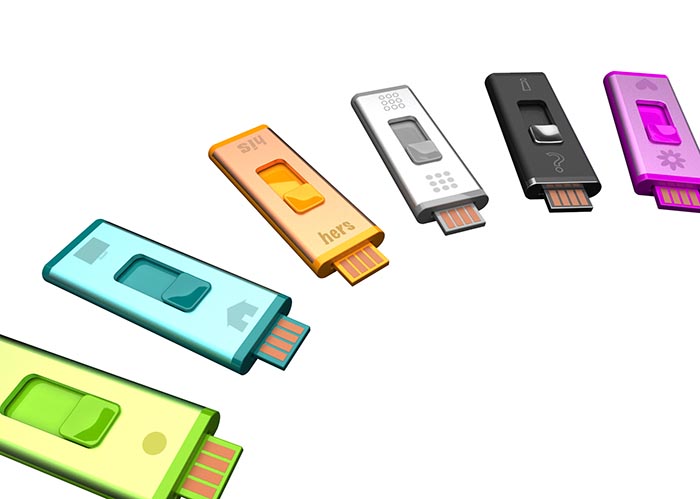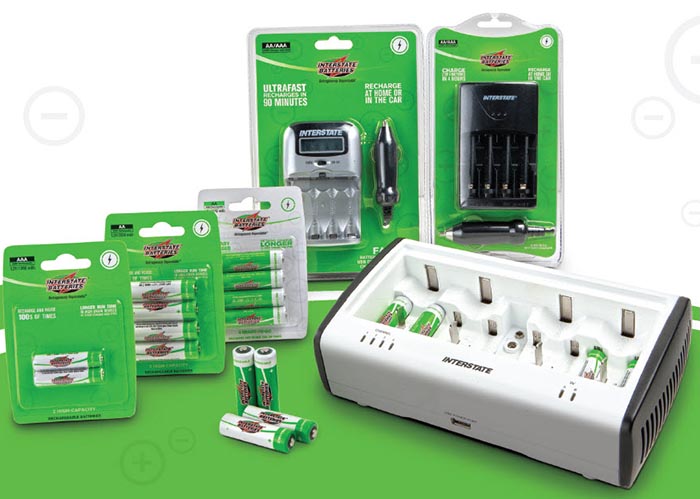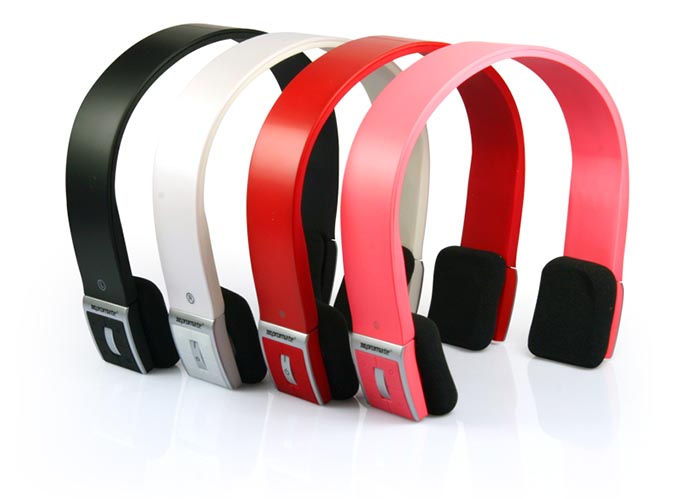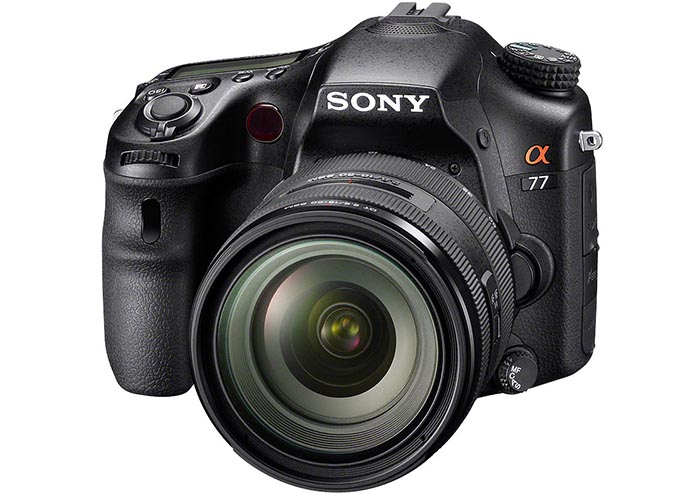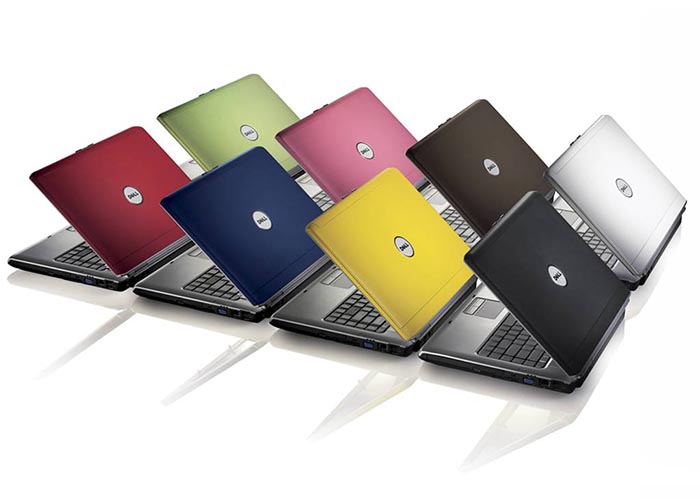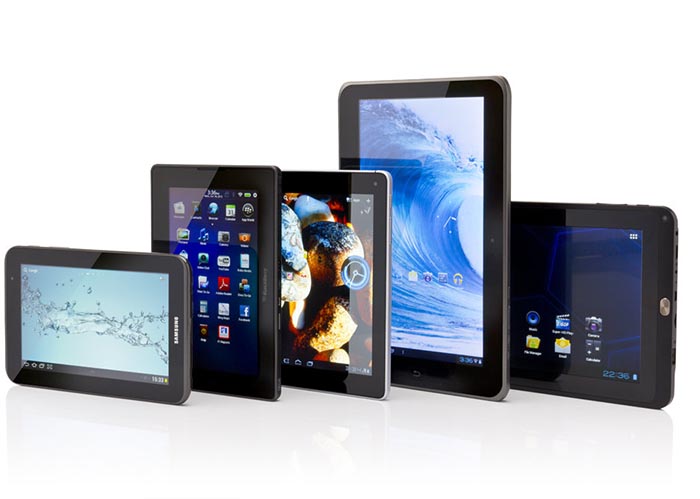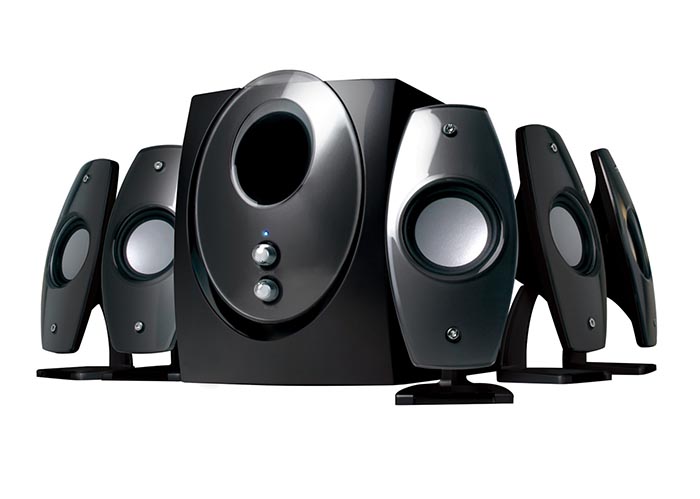USB Devices
Abbreviated as USB, Universal Serial Bus is a standard type of connection for many different kinds of devices. Generally, USB refers to the types of cables and connectors used to connect these many types of external devices to computers.
The Universal Serial Bus standard has been extremely successful. USB ports and cables are used to connect hardware such as printers, scanners, keyboards, mice, flash drives, external hard drives, joysticks, cameras, and more to computers of all kinds, including desktops, tablets, laptops, netbooks, etc.
In fact, USB has become so common that you'll find the connection available on nearly any computer-like device such as video game consoles, home audio/visual equipment, and even in many automobiles.
Many portable devices, like smartphones, ebook readers, and small tablets, use USB primarily for charging. USB charging has become so common that it's now easy to find replacement electrical outlets at home improvement stores with USB ports built it, negating the need for a USB power adapter.
USB Versions
There have been three major USB standards, 3.0 being the newest:
USB 3.0: Called SuperSpeed USB, USB 3.0 compliant hardware can reach a maximum transmission rate of 5 Gbps (5,120 Mbps). A planned update to the USB 3.0 standard will increase the maximum data rate to 10 Gbps (10,240 Mbps), matching that of Thunderbolt, a potential replacement for USB.
USB 2.0: Called High-Speed USB, USB 2.0 compliant devices can reach a maximum transmission rate of 480 Mbps.
USB 1.1: Called Full Speed USB, USB 1.1 devices can reach a maximum transmission rate of 12 Mbps.
Most USB devices and cables today adhere to USB 2.0, and a growing number to USB 3.0.
Important: The parts of a USB-connected system, including the host (like a computer), the cable, and the device, can all support different USB standards so long as they are physically compatible. However, all parts must support the same standard if you want it to achieve the maximum data rate possible.
USB Connectors
A number of different USB connectors exist, all of which I describe below:
Tip: The male connector on the cable or flash drive is typically called the plug. The female connector on the device, computer, or extension cable is typically called the receptacle.
SB Type A: Officially called USB Standard-A, these plugs and receptacles are rectangular in shape and are the most commonly seen USB connectors. USB 1.1 Type A, USB 2.0 Type A and USB 3.0 Type A plugs and receptacles are physically compatible.
USB Type B: Officially called USB Standard-B, these plus and receptacles are square shaped with an extra notch on top, most noticeable on USB 3.0 Type B connectors. USB 1.1 Type B and USB 2.0 Type B plugs are physically compatible with USB 3.0 Type B receptacles but USB 3.0 Type B plugs are not compatible with USB 2.0 Type B or USB 1.1 Type B receptacles.
A USB Powered-B connector is also specified in the USB 3.0 standard. This receptacle is physically compatible with USB 1.1 and USB 2.0 Standard-B plugs, and of course USB 3.0 Standard-B and Powered-B plugs as well.
USB Micro-A: USB 3.0 Micro-A plugs look like two different rectangular plugs fused together, one slightly longer than the other. USB 3.0 Micro-A plugs are only compatible with USB 3.0 Micro-AB receptacles.
USB 2.0 Micro-A plugs are very small and rectangular in shape, resembling in many ways a shrunken USB Type A plug. USB Micro-A plugs are physically compatible with both USB 2.0 and USB 3.0 Micro-AB receptacles.
USB Micro-B: USB 3.0 Micro-B plugs look almost identical to USB 3.0 Micro-A plugs in that they appear as two individual, but connected, plugs. USB 3.0 Micro-B plugs are compatible with both USB 3.0 Micro-B receptacles and USB 3.0 Micro-AB receptacles.
USB 2.0 Micro-B plugs are very small and rectangular but the two corners on one of the long sides are beveled. USB Micro-B plugs are physically compatible with both USB 2.0 Micro-B and Micro-AB receptacles, as well as USB 3.0 Micro-B and Micro-AB receptacles.
USB Mini-A: The USB 2.0 Mini-A plug is rectangular in shape but one side is more rounded. USB Mini-A plugs are only compatible with USB Mini-AB receptacles. There is no USB 3.0 Mini-A connector.
USB Mini-B: The USB 2.0 Mini-B plug is rectangular in shape with a small indention on either side, almost looking like a stretched out piece of bread when looking at it head-on. USB Mini-B plugs are physically compatible with both USB 2.0 Mini-B and Mini-AB receptacles. There is no USB 3.0 Mini-B connector. we are doing usb devices wholesaler in chennai.

